MidJourney v6, the latest iteration of the viral generative AI platform, produces hyper-detailed art indistinguishable from human-made works. From surreal landscapes to Renaissance-style portraits, users type prompts like “cyberpunk Mona Lisa” and watch algorithms conjure masterpieces in seconds. But as these tools democratize art creation, they also blur the line between inspiration and theft.
In 2023, Getty Images sued Stability AI for scraping millions of copyrighted images to train its models. Now, MidJourney v6 copyright disputes are erupting, with artists claiming the tool’s outputs mimic their unique styles. “It’s like a robot photocopier,” argues painter Lila Moreno, whose watercolor technique was replicated in an AI-generated series that sold for $50,000 at auction.
Who Owns AI-Generated Art?
The generative art ethics dilemma hinges on ownership. If an AI remixes a thousand artists’ works, who gets credit—or compensation? The U.S. Copyright Office recently ruled that purely AI-generated art can’t be copyrighted, but hybrid works (human + AI) exist in a legal gray zone. Platforms like DeviantArt now let artists opt out of AI training datasets, but enforcement remains patchy.
Meanwhile, AI vs human artists tensions are rising. Digital illustrators report clients replacing them with cheaper AI tools, while purists argue machines lack intent. “AI art is derivative, not creative,” says gallery curator Amir Hassan. “It can’t suffer, love, or rebel—the forces that fuel true originality.”
MidJourney v6: Innovation or Exploitation?
Proponents counter that MidJourney creativity tools empower non-artists to visualize ideas. A cancer survivor recently used the platform to create a viral series depicting her chemotherapy journey, blending AI outputs with personal edits. “It’s a collaborator, not a competitor,” she says.
Yet critics warn of a future of human artists sidelined by algorithms. Platforms like Adobe Firefly promise “ethical AI” trained on licensed content, but the tech’s hunger for data is insatiable. Even Picasso’s estate isn’t safe: a Picasso AI art collection mimicking his Cubist style recently flooded online markets, priced at $10 a print.
The Path Forward
The AI copyright law landscape is evolving, with the EU’s AI Act requiring transparency about training data. Startups like Spawning.ai are developing “artist consent” databases, while tools like Glaze help artists cloak their work from AI scrapers.
But the core question remains: Can AI art tools coexist with human creators without eroding digital art ownership? The answer may lie in redefining creativity itself—as a partnership between code and canvas.



